Political History and Administration (C. 200 BC–AD 750)
It is important to reassess, formulate and develop India's civilizational and cultural imperatives in an increasingly globalised world. The nation’s perception of its ancient history plays a major role in this. The present series on the history of ancient India was conceived with this in mind. The aim is to put forward a nationalistic, factual and objective history of the ancient Indian past in eleven volumes. The cobwebs of certain ideas that we have lived with in the past are critically examined and in many cases found wanting and discarded.
The present volume, fourth in the series, picks up the thread between the end of the Mauryan dominance and the growth of major regional powers around ad 750. This includes, on the one hand, the phase of the Kushanas who represent in a way the significance of the Oxus-Indus orbit in the course of Indian history and the resurgence of the Gangetic region under the Guptas on the other. We discuss also the development of Sangam literature and the ruling dynasties like Cholas, Cheras and Pandyas. Within this frame there were other political developments, each important in their own domain.
Get it now and save 10%
BECOME A MEMBER
-
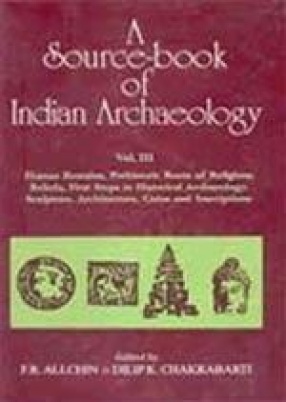
A Source-book of Indian Archaeology (Volume III)
-

Indus Civilization Sites in India: New Discoveries
-
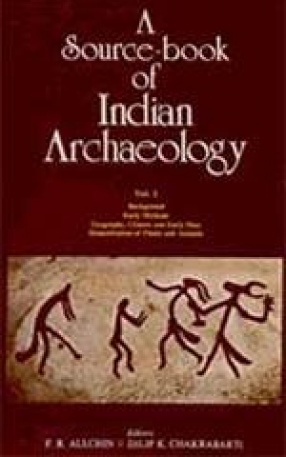
A Source-book of Indian Archaeology (Volume I)
-
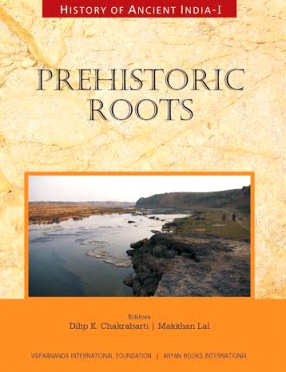
Prehistoric Roots
-
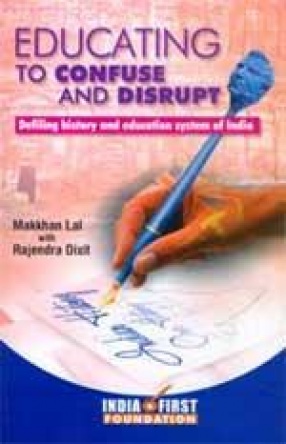
Educating to Confuse and Disrupt
-
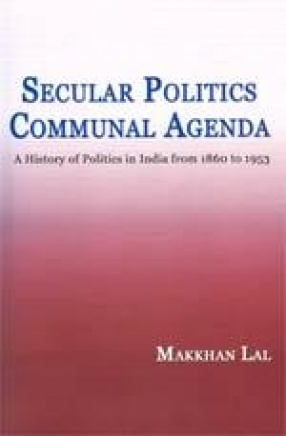
Secular Politics Communal Agenda: A History of Politics in India from 1860 to 1953
-
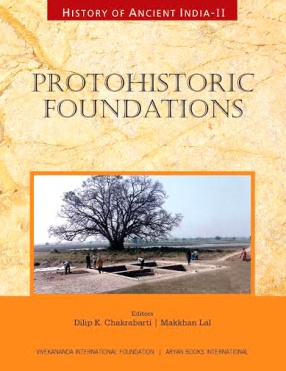
Protohistoric Foundations

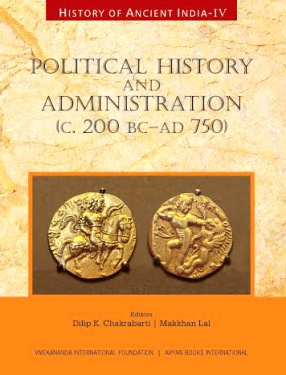
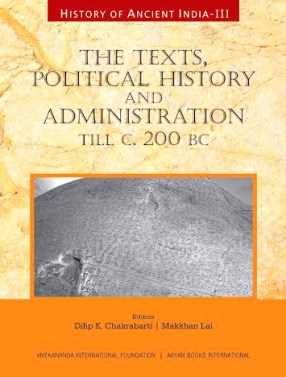
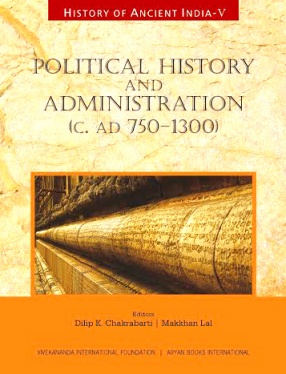

Bibliographic information
Makkhan Lal